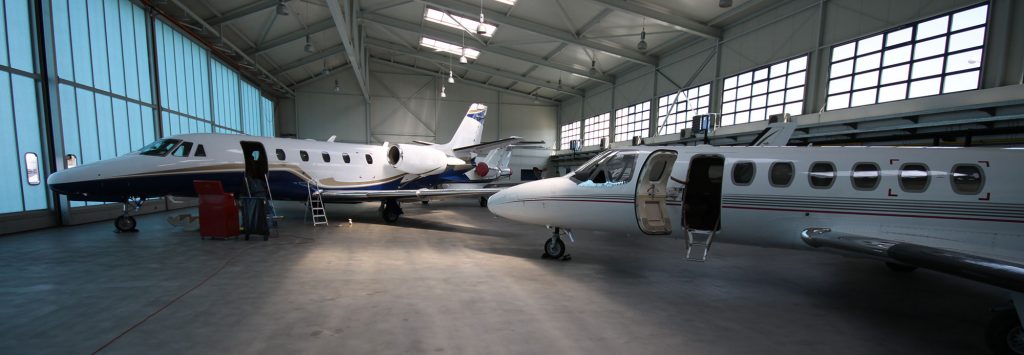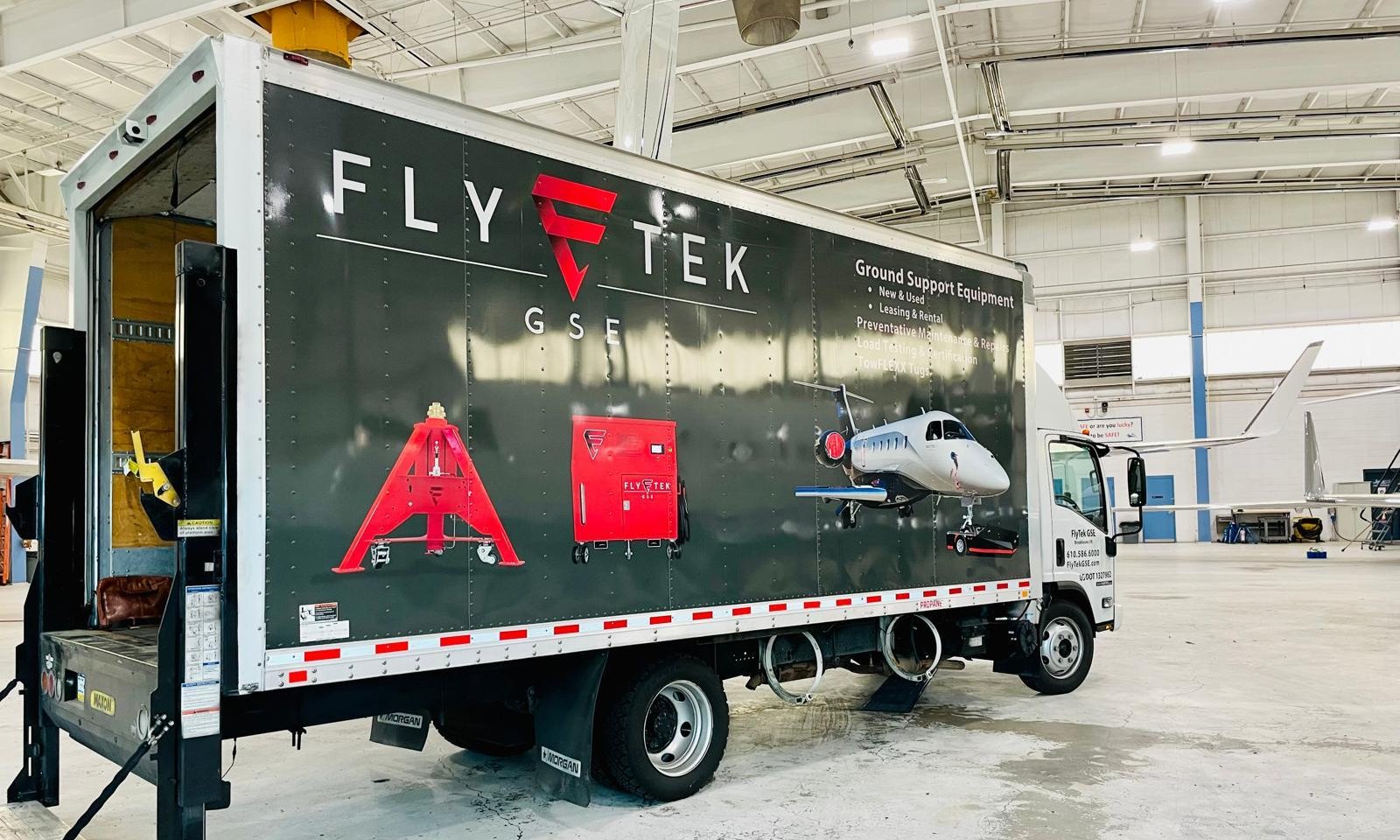There are very few applications of hydraulic systems that can be considered more mission-critical than aviation hydraulics. The reason is quite simple – many human lives are at stake. The hydraulic systems of an airplane must be both reliable and dependable and must be able to function for extended periods without risk of failure.
The Fundamentals of Aircraft Hydraulic Systems
Aviation hydraulic systems are cost-effective to install, relatively easy to maintain, and most importantly can operate efficiently in even the most demanding in-flight conditions. Because of this, today’s modern aircraft use hydraulic systems for the operation of many flight-critical components. In fact, even early aircraft utilized hydraulic brake systems. But as the engineering of hydraulic systems evolved, and as technology for these systems became more sophisticated, aircraft designers began using hydraulic systems for many other aircraft functions.

Reliability is just one of the characteristics of an aircraft hydraulic system. The components are typically lightweight, easy to install, and simple to inspect. Furthermore, due to their inherent design and the use of fluid dynamics, hydraulics are almost 100% efficient with very little friction-related loss of fluid.
The most frequent applications for aircraft hydraulic systems are flight control surfaces, landing gear, and brakes. Regardless of the size of the aircraft – from small civilian single-engine propeller-powered planes to massive, multi-engine jet transports – the fundamentals of aircraft hydraulics are virtually the same.
Aircraft Hydraulic System Components
Depending on the size of the aircraft and the application for which it is used, aviation hydraulics will typically vary in complexity even though they share most of the same basic components. Depending on the application that the hydraulic system fulfills, it is often necessary to install redundant systems that enable safe operation of the aircraft in the event that a hydraulic system fails.

The basic components of any hydraulic system are essentially as follows:
- Pump – The pump is the power-generating device that pressurizes the system.
- Reservoir – The reservoir is the vessel that stores the hydraulic fluid used by the system.
- Actuating Cylinder – The actuating cylinder is where the work of the hydraulic system is performed. For example, the actuating cylinder would be connected to the flaps of the airplane so that they can be positioned according to the pilot’s control inputs.
- Pressure Relief Valve – The pressure relief valve protects the hydraulic system against over pressurization.
- Heat Exchanger – The heat exchanger maintains the hydraulic fluid in the system at the proper temperature.
The above components represent a very basic aircraft hydraulic system. However, regardless of the scale and scope of the system, these main elements will almost always be present. Typically, the most complex aircraft hydraulic systems incorporate multiple subsystems all performing different but related tasks.
How Hydraulic Systems Work
The fundamental principle behind aviation hydraulics is to use a pressurized liquid to move a specific part of the airplane from one position to another. Depending on the size of the aircraft and the specific function being performed, the operating pressure in the hydraulic system can range from a few hundred pounds per square inch to more than 5000 pounds per square inch in jumbo jets or huge cargo planes.
The underlying principle of any hydraulic system – the science behind what makes the system work – is Pascal’s Law. Simply stated, Pascal’s Law asserts that pressure applied to liquid anywhere within the enclosed system will cause equal pressure to be distributed everywhere else within that system.

The process is really very simple. The pilot or crew member activates a particular hydraulic system with an input from a switch or flight control device. The pump is activated, pressurizing the system, which puts the actuator in motion. The movement of the actuator is directly transferred to the control surface or other device – such as landing gear, brakes, or perhaps a cargo ramp – which is then moved into the desired position. In order to reverse the movement, pressure is released from the system, and the opposite occurs.
Benefits of Aviation Hydraulics
Arguably the greatest benefits of an aircraft hydraulic system are dependability and reliability. Because the underlying mechanical principles are so simple, the number of moving parts is kept to a minimum, which minimizes the risk of failure.
Hydraulic systems respond very quickly and efficiently to control inputs. Due to the critical nature of aeronautical flight, precise control of the aircraft is a paramount safety concern. Particularly in critical flight situations, the pilot must be able to execute flight control functions without worrying about whether they will happen or how long they will take. Aircraft hydraulic systems provide this kind of functionality.
Another major benefit of hydraulic systems is that hydraulic fluid is not susceptible to compression, unlike air which compresses with climate change. This is an important consideration because of the dynamic pressure changes that occur as an aircraft increases or decreases altitude. These changes have no impact on the fluid in the hydraulic system but would have significant impact on similar systems that use gas instead of a liquid.

Maintenance of Aviation Hydraulic Systems Is Critical
Overall, hydraulic systems are very reliable and have some distinct advantages as a power source, including power, ease and accuracy of control and quick response. These features are critical in aircraft operations, making hydraulic power essential to smooth and safe flights.
This is not to imply, however, that aircraft hydraulic systems are totally problem-free. Periodic maintenance of all aspects of aviation hydraulics is essential to the smooth functioning of that system. In fact, regular and systematic preventative maintenance is essential to the effective operation of any hydraulic system.
Despite the inherent simplicity of aviation hydraulics, it is essential that those responsible for maintaining them are experts in the field. With proper ongoing maintenance, hydraulic systems are exceptionally stable and reliable components of any aircraft platform. Let FlyTek GSE handle your preventative maintenance with our highly trained and experienced staff who understands the systems and how to maintain them. The integrity and expertise of the FlyTek GSE team has earned us the confidence of industry-leading aircraft manufacturers, ground support equipment manufacturers, MRO’s, and corporate aviation departments.



